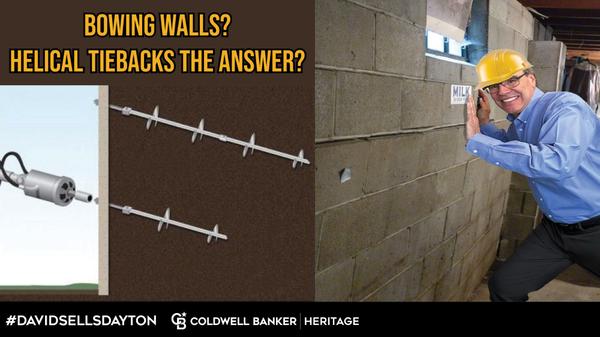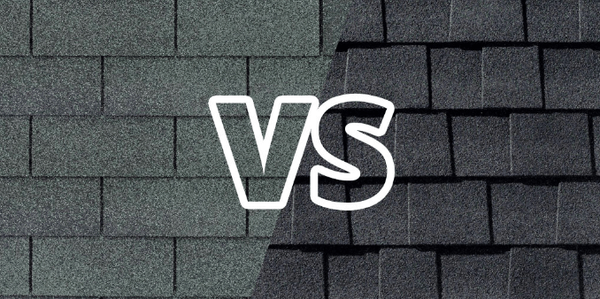What are Concrete Shrinkage Cracks in my New Home?
Something that often comes up on new homes and old alike are cracks in the concrete slab. You can have a structural crack from shifting and movement but that’s not common. Those cracks are typically ‘off-set’ and can be large (wider than ¼ of an inch) What is common are shrinkage cracks. These range from a just barely noticeable hairline crack to an obvious crack like you see here. You’ll get these in most all large sections of concrete. Take a look at your driveway and sidewalk. Odds are you’ll find cracks. When concrete is poured it has a very high water content. As it cures this water evaporates and the concrete slab becomes smaller as it dries out. One thing we know for sure is concrete is not flexible so it won’t stretch back out and you end up with a crack. The concrete finishers will form ‘control joints’ in the concrete before it sets up and the idea here is to ‘control’ where the concrete cracks. Since you can’t stop it from cracking you might as well try to control where it does crack so the joints provide a weak line in the concrete that hopefully the crack will follow. If you are looking for a top Realtor in Kettering, Bellbrook, Beavercreek, Dayton and surrounding areas please reach out. More New Construction Videos

Drywall Tape Cracks
Do you have a crack, split or separation in your drywall that seems oddly straight? Not a random zig zag crack as you typically see but a straight as an arrow crack. If it is located horizontally where your wall meets the ceiling or vertically on the corner of a wall the answer is - loose drywall tape. Most people are not aware that when a wall is being finished it is necessary to embed drywall tape on every intersection of drywall. This includes all inside and outside corners. This drywall tape is not actually sticky. It’s more like paper and kind of looks like 2 inch wide masking tape without the sticky side. What makes it stick is embedding it in joint compound (drywall mud) when finishing the wall. A thin layer of mud goes on, then the tape, then another layer of mud to fully bury it. The tape allows the intersection of the two separate pieces of drywall forming the corner, to move independently UNDER the tape with natural expansion and contraction without cracking the joint compound. Installed correctly you’ll never see the drywall tape. However, when you see that straight crack/separation show up it’s usually from one of two things. If the installer failed to put the first layer of mud down and was just relying on the top coat to hold it, the tape can come loose and show itself. Secondly, if there is abnormal movement or settlement in the wall it can pop the tape loose and there you have it, that ruler straight crack on the ceiling or corner you may have wondered about. I’m always available to discuss real estate in and around the Dayton OH area. More Home Inspection Videos

Sentricon Termite Treatment
This is called a termite baiting station. When I’m showing houses buyers often refer to these as ‘termite traps’ but they are far from that as they do not catch termites. They hold a special insecticide the termites ingest and take back to the nest. This Sentricon termite system is designed to eliminate the ENTIRE termite colony. Other systems are designed to kill just the termites that come in contact with the poison but the nest and queen remain. These baiting stations get installed about every 10 feet around your home. Termites will find them through their random foraging patterns. This system requires management. The stations need to be checked one to two times per year by a professional. The top is removed and the lethal food source is checked and replenished as necessary. The Dayton OH area has no shortage of termites. It’s more a matter of ‘when’ than ‘if’ termites find your home. They are constantly foraging up to 100 yards from their nest and they swarm each year to find new locations. When I’m selling a house I always recommend a termite inspection - their presence often takes a professional who knows what subtle clues to look for. More Home Inspection Videos
Categories
Recent Posts










